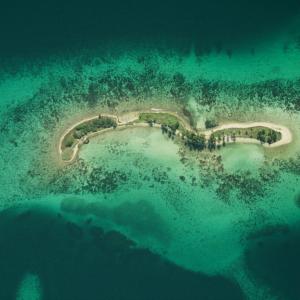
Working with companies and financial institutions
We engage with oil, gas and mining companies to:
- encourage them to minimise their environmental impacts
- demonstrate the potential material risk of operating in sensitive areas
- call for public disclosure of existing or intended activity within, or close to, natural World Heritage Sites
- encourage companies and the wider sector to recognise and adopt 'no go’ and ‘no impact’ commitments as a minimum in World Heritage sites.
We engage with financial institutions
We engage with a range of financial institutions to improve environmental and social governance of funding and investment in the extractives sector. The incentive for financial institutions lies in reducing reputational and material risk as well as identifying investment opportunities.
For example, we:
- produce evidence and analysis, for example, through our mapping and analysis tool - WWF-SIGHT. This forms the basis of policy advocacy reports, such as ‘Safeguarding Outstanding Natural Value’
- encourage financial institutions to engage as shareholders to challenge extractives companies to act in an environmentally and socially responsible way, causing the least possible damage and recognising and adopting 'no go’ and ‘no impact’ commitments in World Heritage sites, as a minimum
- help financial institutions influence the wider sector through strengthening the environmental and social governance criteria for investment in extractives operations
- encourage them to disclose relevant environmental and social risk information and ask the companies they are invested in to do the same
Find out more on our engagement with investors
- 'Safeguarding Outstanding Natural Value', our joint report with Aviva Investors and Investec Asset Management. This report focuses on the role of institutional investors in protecting natural World Heritage sites from extractive activity.
-
If you're interested in a summary of this report's recommendations for investors, you can read these here.
 Protecting World Heritage Sites with investors
Protecting World Heritage Sites with investors
 Engaging with financial institutions
Engaging with financial institutions